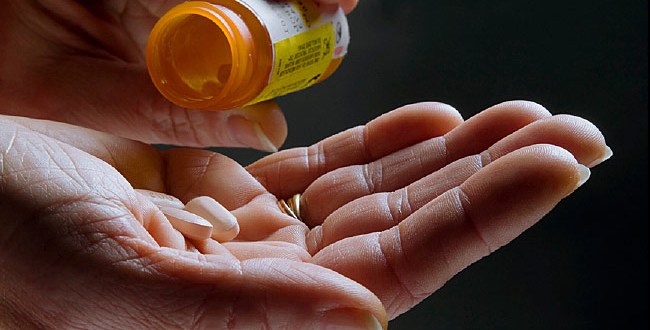Specialists at Houston Methodist Hospital recently developed the TeleNeurology platform to assess and treat stroke. In this way, doctors dedicated to this area will be able to attend patients anywhere and thus provide the appropriate care to each patient thanks to telemedicine.
TeleNeurology consists of two-way live audio and video conferencing to share information with a specialist about the condition of a stroke patient. Thus, an evaluation of the patient is carried out, which consists of a physical examination, control of vital signs, images, consultation with specialists and analysis of risks and benefits for treatment. Among the care services offered by this new platform are the following:
Acute telestroke: This modality is used for stroke emergencies, intensive care unit, and inpatient hospital settings.
Outpatient Teleneurology – This option involves connecting patients in an outpatient setting with neurovascular providers for follow-up appointments.
Telerehabilitation: Here virtual reality is used for stroke rehabilitation.
Rajan Gadhia, director of the Acute Teleneurology program at Houston Methodist Hospital, told NotiPress that there are several benefits to using telemedicine. An example of this is access to immediate care, which is essential to reduce the possibility of disability and death according to the expert.
In parallel to this, telemedicine ensures that qualified and highly trained professionals can take care of these accidents in seconds. Also, using this type of technology speeds up the process of diagnosis and treatment. “The advantage of the TeleNeurology program is time, which is of the essence when treating a stroke,” el Gadhia stated.
By employing telemedicine, there are not only time-saving benefits, but resources can also be saved. This is not a minor issue, since in the context of the pandemic, these are essential for health personnel who specialize in strokes.
According to the expert, placing the technical team with other alternatives takes time, which can cause delays in service. However, with TeleNeurology that extra time can be spent on caring for the stroke patient.
Therefore, this new form of telemedicine could be applied not only in cases of cerebrovascular accidents, but also when a cerebral infarction is detected close to home. In this way, care would be received in local hospitals with specialists for key decision-making and thus break down geographical walls and reduce inequality in care.




